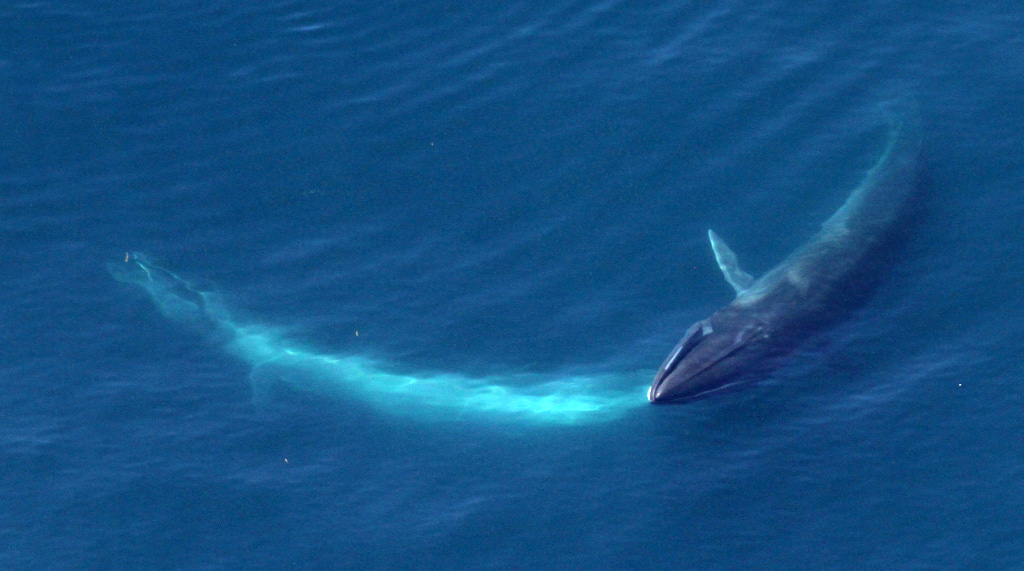Meet The Endangered: Sei Whale
Sei Whale (Balaenoptera borealis)
The Sei Whale is a baleen whale endemic to nearly all the world’s oceans. Weighing in at between 15 and 20 tons, it is the third largest of the rorqual species, behind Blue Whales and Fin Whales.
Like all baleen whales, it feeds by ingesting massive amounts of water and filtering plankton and small fish through toothbrush-like bristles in its mouth. It ingests on average 2,000 lbs (900 kg) a day of food, or about 500 times more than the average human.
Every winter, Sei Whales migrate to warmer climates in search of food, and then back again when the sun reappears at higher latitudes. It is this return migration that gave the Sei its name. They resurface in colder waters around the same time of year as pollack, and were thus dubbed seihval, or “Pollack Whale” in Norwegian.
Like all whales, the Sei was decimated by the whaling eras of the 19th and 20th centuries. Their quickness protected them for a while - Sei Whales are among the fastest cetaceans and can reach speeds of 31 mph (50 km/hr). But advanced post-WWII technology finally caught up to them.
A population of 50,000 Sei Whales remain, and it has been illegal to harvest them commercially since 1986. Compliance is generally good, but Iceland and Japan have killed some under the dubious pretext of “research”. In 2010, Sei Whale meat somehow ended up on the menu at an exclusive sushi restaurant in Los Angeles.1
IUCN: Endangered (EN)



